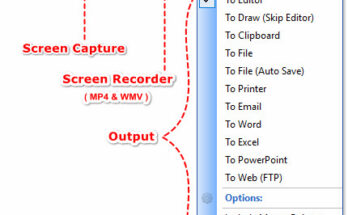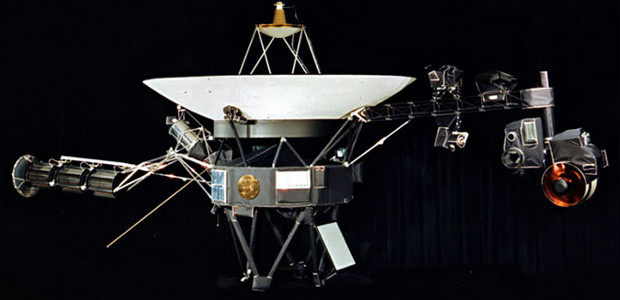
Voyager 1 looks to have become the first spacecraft to travel into deep space, with a report saying that the 35-year-old probe has travelled beyond the influence of the Sun and exited the heliosphere – although NASA are exercising caution about the claim.
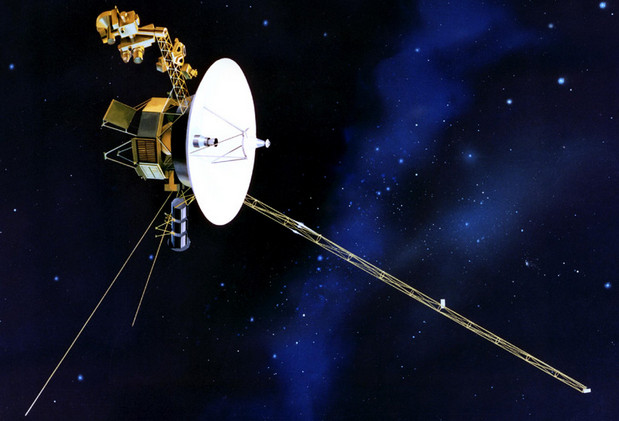
Launched three weeks after Elvis Presley died, the Voyager 1 blasted out of Cape Canaveral, Florida on September 5th, 1977, flying past Jupiter in 1979 and Saturn in 1980. It is now 11 billion miles away from the Sun.
The probe has taken some astonishing images on its journey, including a stunning photo of a volcanic explosion on Jupiter’s moon Io (below):
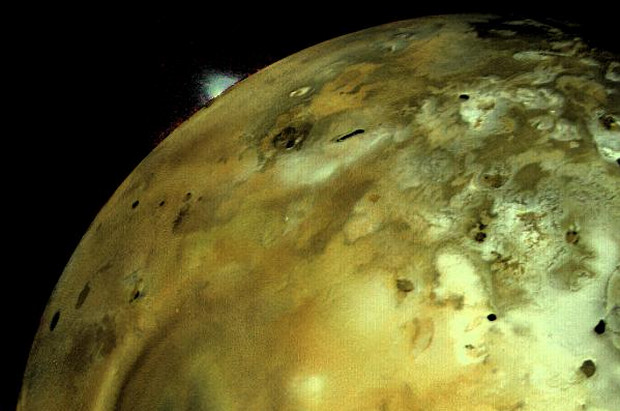
Although the American Geophysical Union has stated that they believe that the craft has left the solar system, Nasa spokesman Dwayne Brown responded by saying that the report was “premature and incorrect“.
The Voyager science team reported in December 2012 the craft was in a new region called the “magnetic highway,” but changes in the magnetic field to show a departure from the solar system have not yet been observed, Nasa said.
“The Voyager team is aware of reports today that Nasa’s Voyager 1 has left the solar system,” said Edward Stone, Voyager project scientist based at the California Institute of Technology, Pasadena, California.
“It is the consensus of the Voyager science team that Voyager 1 has not yet left the solar system or reached interstellar space,” he said.
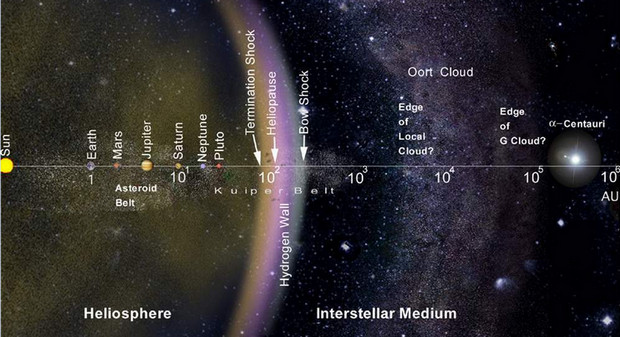
Whizzing through space at the breakneck speed of 10.72 miles per second, Voyager 1 will continue its lonely journey though the darkness of space, making a relatively “close” – as in 1.6 lightyears – flyby past of Gliese 445 in 40,000 years.
By that time it will have long been a dead piece of space junk with the strategic shutdown of its sensors starting in 2020, with all power running out by 2030.
It’s been a remarkable, inspirational mission.
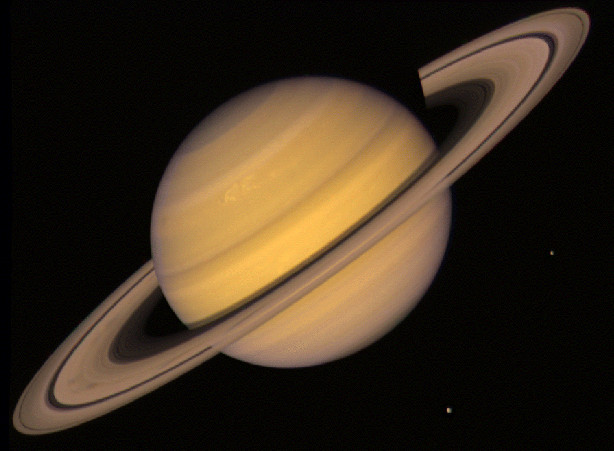
Voyager mission facts:
- A total of five trillion bits of scientific data had been returned to Earth by both Voyager spacecraft at the completion of the Neptune encounter. This represents enough bits to fill more than seven thousand music CDs
- The sensitivity of our deep-space tracking antennas located around the world is truly amazing. The antennas must capture Voyager information from a signal so weak that the power striking the antenna is only 10 exponent -16 watts (1 part in 10 quadrillion). A modern-day electronic digital watch operates at a power level 20 billion times greater than this feeble level.
- Each Voyager spacecraft comprises 65,000 individual parts. Many of these parts have a large number of “equivalent” smaller parts such as transistors. One computer memory alone contains over one million equivalent electronic parts, with each spacecraft containing some five million equivalent parts. Since a color TV set contains about 2500 equivalent parts, each Voyager has the equivalent electronic circuit complexity of some 2000 color TV sets.
- The resolution of the Voyager narrow-angle television cameras is sharp enough to read a newspaper headline at a distance of 1 km (0.62 mi).
Read more: NASA
